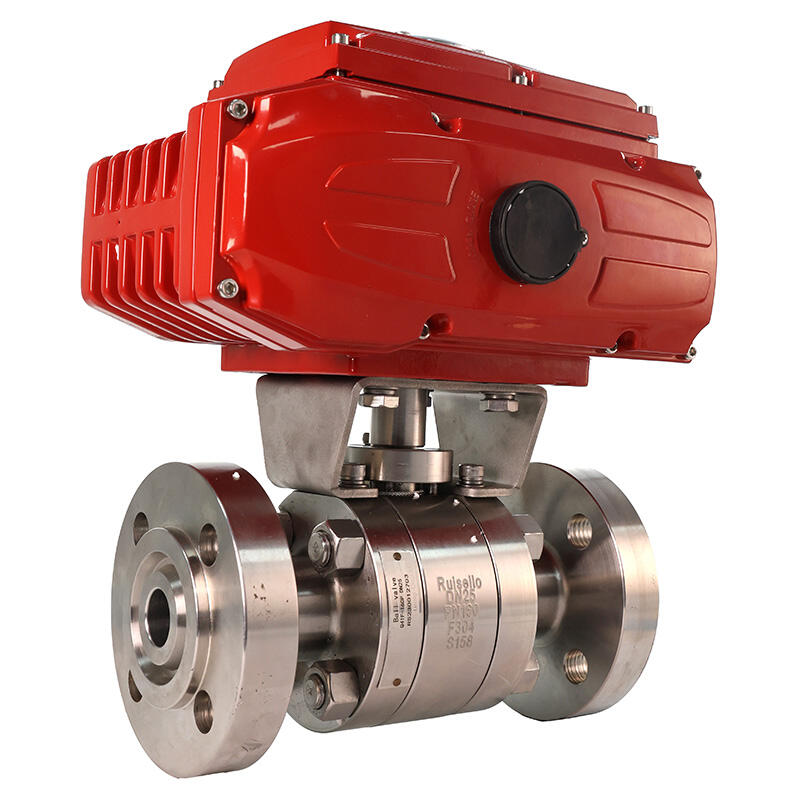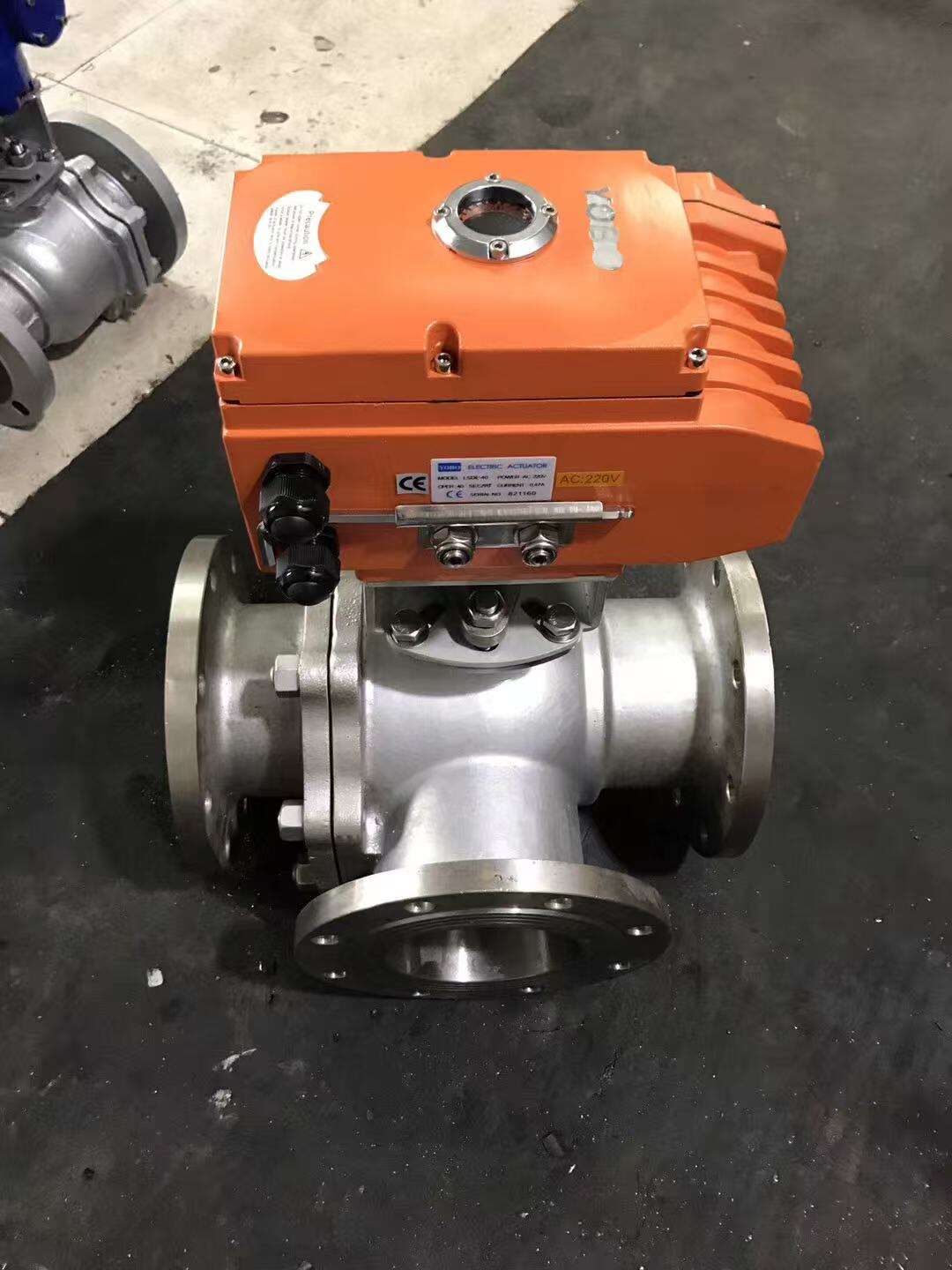dimensionamiento de válvulas de alivio de presión para agua fría
El dimensionamiento de válvulas de alivio de presión para agua fría es un componente crítico en sistemas de climatización (HVAC) y enfriamiento industrial, diseñado para proteger los equipos y mantener la integridad del sistema. Este proceso esencial implica calcular y seleccionar las dimensiones adecuadas de la válvula para garantizar una regulación óptima de la presión dentro de los sistemas de agua fría. El procedimiento de dimensionamiento considera múltiples factores, incluyendo el caudal del sistema, la presión de operación, las variaciones de temperatura y la presión máxima permitida. Estas válvulas liberan automáticamente la presión excesiva cuando se superan los umbrales predeterminados, evitando posibles daños a los componentes del sistema. El proceso de dimensionamiento incorpora principios avanzados de ingeniería para determinar la capacidad de la válvula, la cual debe ser adecuada tanto para condiciones normales de operación como para situaciones de emergencia. Los métodos modernos de dimensionamiento utilizan herramientas computacionales avanzadas y estándares de la industria para garantizar cálculos precisos, considerando factores como la diferencia de presión, las propiedades del fluido y la dinámica del sistema. Un dimensionamiento correcto de estas válvulas es fundamental para mantener la eficiencia del sistema, prevenir daños en los equipos y asegurar el funcionamiento continuo de los sistemas de enfriamiento. Esta tecnología tiene una amplia aplicación en edificios comerciales, instalaciones industriales y sistemas HVAC de gran escala, donde una gestión confiable de la presión es esencial para la durabilidad y seguridad del sistema.

